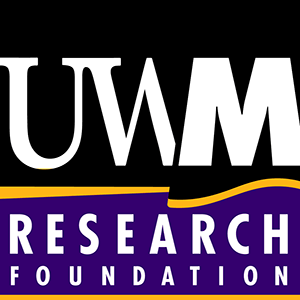UWM Transportation Symposium Highlights
11/02/2023
Learning how UWM collaborates with WisDOT
By Erin Puro, UWMRF Technology Commercialization Manager
On October 6th, I attended the 2023 Southeast Wisconsin Transportation Symposium. This event is co-hosted by UW-Milwaukee’s Institute for Physical Infrastructure and Transportation and the Wisconsin Department of Transportation (WisDOT). The event showcased university fundamental research projects and how they translate into further projects, practices, and policies that have impact on our lives. The intersection of innovation in public and private sectors was captured in this well-rounded event. For example, do you ever wonder what WisDOT is up to behind the scenes? Well, you can visit Wisconsin Highway Research Program Current Research (WHRP) to check out research opportunities. You can also download the strategic plan for 2021-2025. There are also links to learn who is on the Steering and Technical Oversight Committees. These groups are composed of representatives from WisDOT, academia, industry and consulting engineers. These individuals work together to identify research needs, oversee and guide research projects. There are four areas of focus: flexible pavements, rigid pavements, structures and geotechnics. UWM Researchers check this page out for upcoming RFP’s. During the breakout sessions I attended, one was for Ultra-High Performance Concrete (UHPC). This new material was installed during construction on bridges in New Jersey. The installation company, UHPC Solutions was represented by Gil Brindley. Mr. Brindley spoke about the challenges of testing and proving the use of this newer material. He also described factors to grow and scale up the operation. The co-presenter, Nic Passint of Mixer Systems, from Pewaukee, WI also shared some challenges from the project. For example, Mixer Systems had to create the first concrete mixer to handle the UHPC material. There was also engineering required to scale up the model mixer for the projects in the Garden State. The larger capacity machine had to have:- faster mix times,
- be mobile for movement during the pour,
- be able to lift 10 feet into the air,
- and have all the necessary computers and sensors integrated into the system.
- Mobility, Sustainability, and Equity as it relates to safety
- An update for the I-794 Lake Interchange Reconstruction Project
- How WisDOT is using machine learning to create a bicycle and pedestrian support systems, and so much more.

